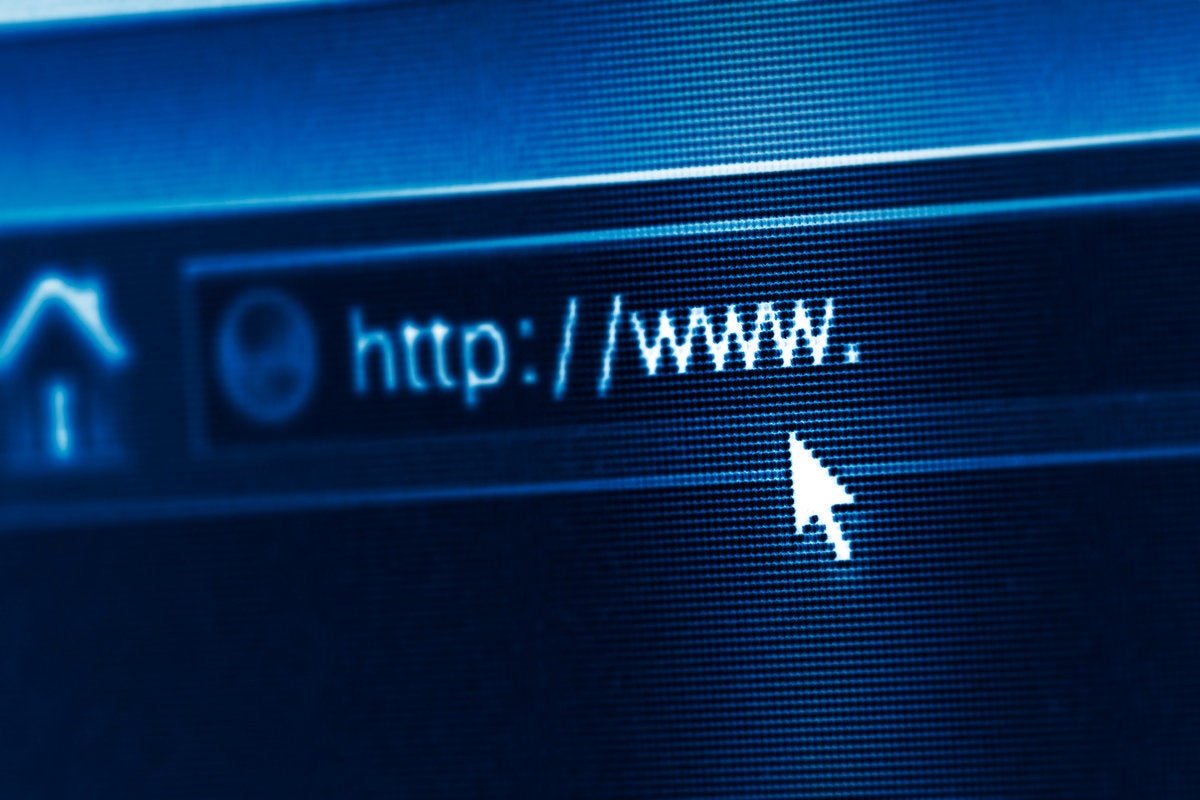Lighthouse 3.0, the latest version of Google’s open source tool for auditing webpage quality, features quicker audits and more precise metrics. Users should also see less variance between runs.
Lighthouse audits webpages for factors including performance and accessibility as well as progressive web app features. Highlights in the Lighthouse 3.0 release include:
- Faster audits, with less variance between runs. This is due to simulated throttling via an internal auditing engine codenamed Lantern. The engine runs audits under normal network and CPU settings and estimates how long a page would take to load in a mobile environment.
- A new report UI, developed by Lighthouse and Chrome UX teams.
- Invocation changes, in which the Node.js version of Lighthouse supports the same configuration options as the CLI version.
- Changes to the scoring model for performance audits, in which a score of 50 represents the 75th percentile while a perfect score of 100 represents the 98th percentile, the point of diminishing returns.
- Several new audits. One new audit allows you to test for first “contentful” paint, which measures the time at which text or image content is first painted to a screen. Another checks the validity of your robots.txt file. A third tells you where you can dramatically reduce video file sizes by replacing GIFs with
videotags. A fourth shows where you can improve load performance by addingrel="preconnect"attributes tolinktags. - The Perpetual Speed Index is now called the Speed Index.
- The JSON output format has three new top-level properties. The
1hrproperty includes the results of the audits, theartifactsproperty includes the data collected from Chrome, and thereportproperty includes the formatted report HTML/JSON/CSV as a string.
To use Lighthouse, developers provide a URL to audit and the tool generates a report. Lighthouse can be run from the command line, as a Node.js module, or in Chrome DevTools.
How to download Google Lighthouse
You can download Google Lighthouse via CLI by running npm install -g. For Node.js, run npm install and lighhouse@next. In Chrome, the Lighthouse extension should update to Version 3.0 automatically. For Chrome DevTools, Version 3.0 will be available in Chrome 69.






